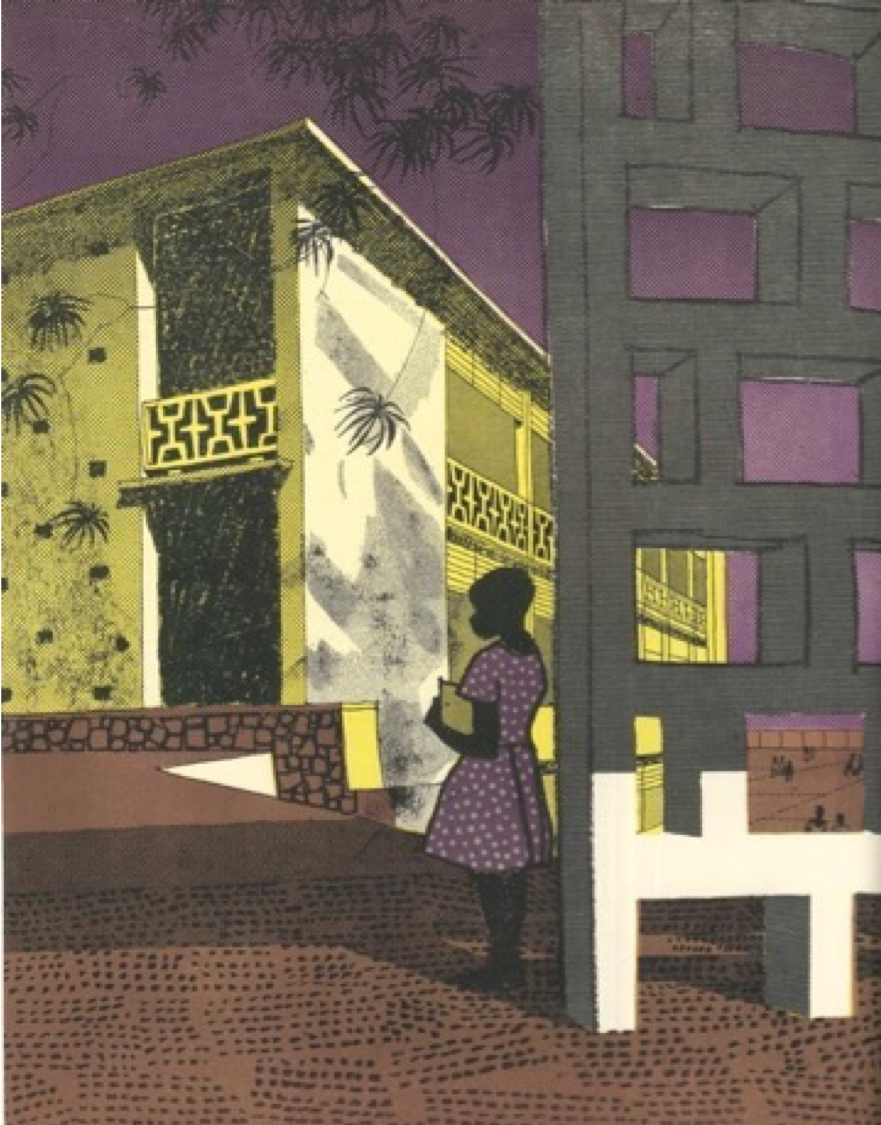
An Introduction to West African Modernism
Lectures (5)
Loading Accordion Items...The Overview
There remains a dearth of UG-focused, accessible material on non-vernacular African Architecture. A number of authors have now produced research papers and books covering various aspects of colonial and post-colonial architecture with a specific African focus or coverage of the region. In the continued absence of an African architecture survey primer, the GAHTC Introduction to West African Modernism series of lectures seeks to help fill this lacuna in its production of a region-specific set of five lectures focusing on Tropical Modernist Architecture in Anglophone West Africa.
Objectives
Its key objective is through the five lectures to convey to non-specialist undergraduate audiences a basic knowledge and understanding of Tropical Modernism in West Africa. This is used by using selected key buildings in the survey to introduce students to the key actors, design programs; the different contexts; historic, socio-economic, and political, and other influences which shaped and influenced the manner in which Modernism emerged in West Africa.
The lectures also provide bibliographic references to relevant associated material as part of the lectures to be produced. These comprise, literature, archival material, and other media such as film, and oral histories where available, that can both supplement the lectures and also provide alternative views and narratives through which to make sense of this unique architectural era in West Africa. By providing a basic introduction to the theme of West African Modernism to an UG student audience, the lectures will also have a wider use for a generalist audience. The material can also form the basis for an elective, introductory course on post-colonial architecture in the Anglophone West Africa region.
Survey Period and Context
The survey period that we propose to cover will comprise the early post WW2 era (1945) through to the early 1970s. This corresponds with the time of the emergence of Tropical architecture, its recognition, and its questioning by the younger generation of West African architects. It also broadly covers the high period in which the architects and other actors were most involved in designing the buildings most associated with West African Modernism.


